- Author: Kathy Keatley Garvey
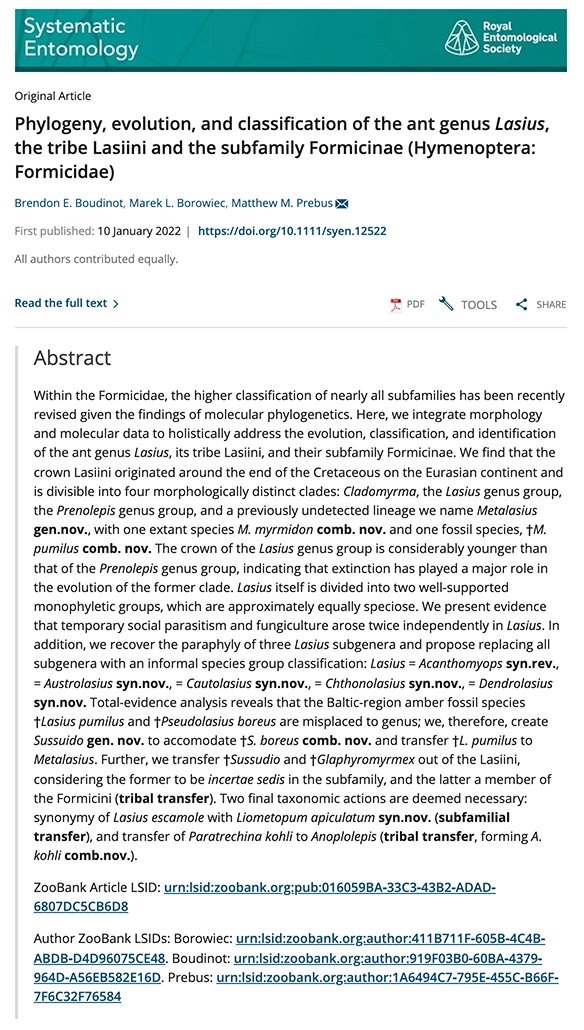
- It's one of the habitats of the California state insect, the California dogface butterfly, Zerene eurydice, and its host plant, false indigo, Amorpha californica--or at least it was before massive wildfire swept through there on Aug. 19, 2020.
- It's one of 10 research sites of butterfly guru Art Shapiro, UC Davis distinguished professor of evolution and ecology, who has monitored central California's butterfly populations since 1972 and maintains a research website at https://butterfly.ucdavis.edu/
And now, it's the home of a newly discovered ant species.
Myrmecologists Brendon Boudinot, Marek Borowiec and Matthew Prebus, all alumni of the Phil Ward laboratory, UC Davis Department of Entomology and Nematology, just published their collaborative research, "Phylogeny, Evolution, and Classification of the Ant Genus Lasius, the Tribe Lasiini and the Subfamily Formicinae (Hymenoptera: Formicidae)," in the journal Systemic Entomology.
The ant world on Twitter is crawling with congratulatory comments and how "awesome" the work is. Wrote one: "Congratulations! Lasius is a familiar genus in Japan, so I will let the Japanese entomologists know about it."
The story behind the story? It all began in the Ward lab. "The Three Ant Men" are now scattered from Idaho to Arizona to Germany.
- Borowiec, who received his doctorate at UC Davis in 2016, is an assistant professor at the University of Idaho.
- Prebus, who received his doctorate at UC Davis in 2018, is a postdoctoral scholar at Arizona State University.
- Boudinot, who received his doctorate at UC Davis in 2020, is in Jena, Germany on a two-year Alexander von Humboldt Research Fellowship to research evolutionary and comparative anatomy.
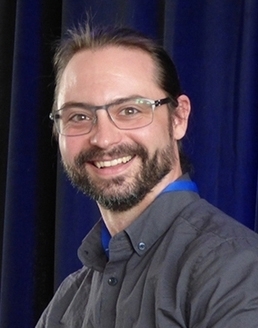
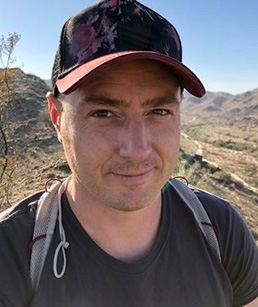
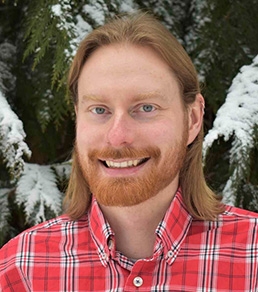
Looking back, Prebus and Borowiec said that they were both interested in Lasius atopus "due to its strange morphology and lack of phylogenetic data despite the amount of attention paid to the genus, and planned a collecting trip to the type locality in Mendocino County in 2013."
The collecting trip to Mendocino proved unsuccessful. "But because of Phil's extensive collections. we knew of a population of a closely related species in Gates Canyon near the city of Vacaville," Prebus said. This time the trio collected specimens from several colonies at Gates Canyon, which is located off Pleasants Valley Road.
"For all of us, this was a collaborative side project, so after the study was presented, submitted, and rejected, it took the back-burner while people finished their dissertations, got jobs, got married, had kids, and so on," Prebus recalled. "Speaking personally, the pandemic put quite a few of my postdoc projects on hold after the Arizona State University campus closed, but the small upside amongst the inundation of downsides was that I was able to focus on getting some long-haul projects into shape for publication, including the Lasius study. This involved a huge amount of reanalysis of data that we had already collected, but thankfully didn't require generating any new data."
See more on the ant research on the UC Davis Department of Entomology and Nematology website.
(Note that the 7.8 mile Gates Canyon Road, lined with residential homes (private property) and "no trespassing" signs, is a paved county road that leads to the top of Mount Summit, the highest point in Vacaville. It is narrow and hilly. Hikers, runners, walkers and bicylists consider it a challenge.)
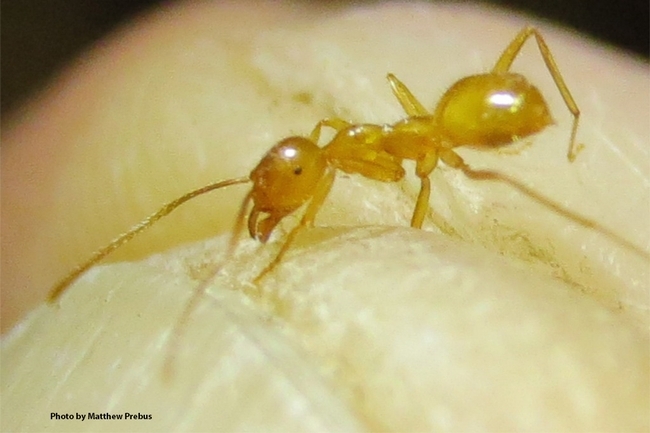

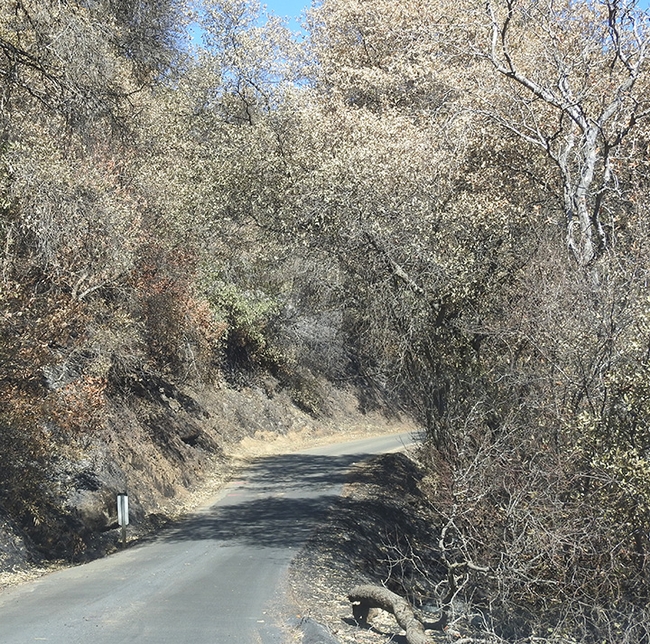
- Author: Kathy Keatley Garvey
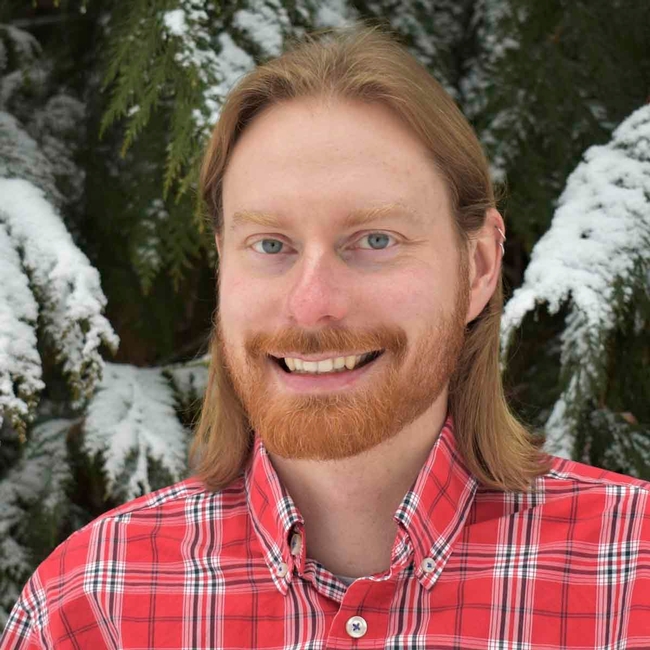
UC Davis doctoral alumnus Marek Borowiec, now an assistant professor in the University of Idaho's Department of Entomology, Plant Pathology and Nematology, is one of many who drew inspiration from Wilson, the Pulitzer-Prize winning biologist considered "the" global expert on ants.
As a master's student from Poland on a Ernst Mayr grant, Borowiec worked near his office at Harvard's Museum of Comparative Zoology (MCZ).
Borowiec posted this 10-itemed thread Jan. 4 on his Twitter account:
- "Ed Wilson's passing marks an end of an era. He inspired generations of myrmecologists. Here's my story. I was a biology college freshman in Poland when I read Naturalist. I had already read several of his books and was mostly interested in what he had to say about human nature."
- "Reading Naturalist, however, it seemed to me that Wilson was more excited about chasing ants around the world than toppling paradigms. I thought, 'huh, if this guy thinks ants are so fascinating, there must be something to it.' "
- "On my next walk in a local park I picked up some ants and stuffed them into the toothpick compartment of my Swiss army knife. I identified them using a microscope my parents got me, using an outdated key to insects of USSR."
- "As boring as Lasius niger is, at the time I thought this was the coolest-looking thing I ever saw. My dad, also an entomologist, saw his son's potential path to the dark side and pointed out that a modern key to the ants of Poland had just come out (Radchenko et al 2004)."
- "A year later I had the thing literally memorized. I could run through most of the Myrmica key in my mind without even opening the book. Soon, I was given an opportunity to work for @mil_janda (Milan Janda) who put me in charge of sorting some mind-blowing material from Papua New Guinea."
- "Initially I thought I wanted to study ant ecology but the diversity of shape and form of tropical ants made me want to study systematics. As a Masters student, still in Poland, I went to MCZ on an Ernst Mayr grant and spent two weeks working opposite to Wilson's Harvard office."
- "Ed wasn't around then but Stefan Cover convinced me I should apply to grad school with Phil Ward (who, I believe, was inspired to study ants after reading Wilson's The Insect Societies). Fast forward a couple of years and I landed in Sacramento as a starry-eyed PhD student."
- "I visited MCZ three more times since then and was finally able to meet Ed in 2019. At 90 his enthusiasm was still infectious, his mind enviably lucid for any age. I am grateful to have met him, however briefly."
- "All this has been an incredible adventure. Many supported me early in my professional journey, including but not limited to my parents Marta and Lech Borowiec, Alfred Buschinger, @mil_janda (Milan Janda),@GaryDAlpert1 (Gary D. Albert), Stefan Cover, Phil Ward, @BBlaimer (Bonnie Blaimer), @bramic21 (Michael Branstetter)...
- "But it all starts with Ed's Naturalist."

Borowiec received his doctorate at UC Davis in 2016, studying with major professor and myrmecologist Phil Ward.
"My focus has been primarily on ant diversity and evolution and in my research I combine field work, morphology, molecular phylogenetics and comparative methods," Borowiec writes on his website. "I am also interested in computing and phylogeny estimation from high-throughput sequencing data. Ants are the world's most successful eusocial organisms. Long history, high species diversity and extreme variety of life histories make them an excellent group in which many evolutionary questions can be addressed."
E. O. Wilson influenced so many scientists...
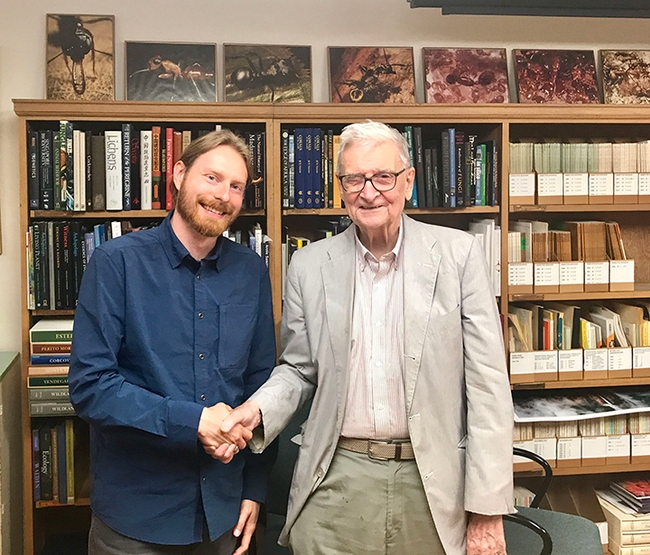
- Author: Kathy Keatley Garvey
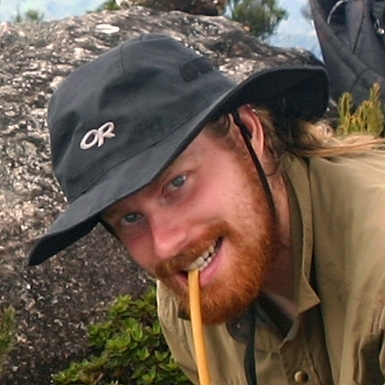
It's more than major: it's an international award for his distinguished research and scholarly activity.
Borowiec, who received his doctorate in entomology in June from the University of California, Davis, studying with major professor Phil Ward, is the recipient of the coveted George C. Eickwort Student Research Award, sponsored by the North American Section of the International Union for the Study of Social Insects (IUSSI-NAS).
The award recognizes a graduate student for distinguished research and scholarly activity in the field of social insect biology. Borowiec received a certificate, honorarium, and a one-year subscription to Insectes Sociaux.
Borowiec is now a postdoctoral fellow in the lab of evolutionary biologist/ant specialist Christian Rabeling of Rochester, N.Y. The lab will be moving to Tempe, Ariz. in January.
“What is notable about Marek is that even as he became trained as a highly accomplished molecular phylogeneticist and computational biologist, he remained focused on organism-centered questions, driven by a deep and abiding appreciation of natural history,” said Ward.
Borowiec is the first from the Ward lab to receive the Eickwort Award. 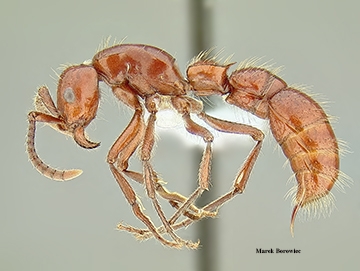
They issued this statement:
“Although he has just received his PhD, Marek's work has already had a significant impact on the field of social insect evolutionary biology,” said the committee of . “His dissertation, completed under the supervision of Phil Ward at UC Davis, included a landmark revision of the genera in the diverse army ant subfamily Dorylinae. Marek produced a classification of the army ants in which morphological and molecular genetic data are fully congruent with each other, an unprecedented feat in ant taxonomy. His work showed decisively that the ‘army ant syndrome' evolved independently in the New World and Old World tropics, settling a century-old controversy.
“Besides his army ant work, Marek also contributed to phylogenomic research demonstrating that ants are the sister group of the bees and spheciform wasps, and he was first author of an important paper showing that Ctenophora, the comb jellies, is the sister group to all other metazoans, thus resolving one of the earliest phylogenetic bifurcations in the animal kingdom. Marek's strengths in taxonomy and phylogenetics are supported by his accomplishments in bioinformatics, which include developing and publishing a novel tool to manipulate DNA sequence alignments of genomic datasets.
“Marek's recommenders praise him as a well-rounded biologist with a deep appreciation of natural history. “He doesn't just excel in ant taxonomy, or phylogenetics, or bioinformatics. He excels in all of these disciplines. It is his love for ants and his curiosity about the natural world that motivates his studies.
"Marek is also a good scientific citizen, actively serving the systematics community as a subject editor for ZooKeys and Biodiversity Data Journal and as a frequent contributor to online systematics resources and databases. His research and scholarly achievements make Marek Borowiec a very deserving winner of this year's George C. Eickwort Student Research Award.”
Borowiec's research interests include phylogeny, taxonomy, biogeography, and natural history of ants. Before enrolling at UC Davis, Borowiec received his master's degree in 2009 from the Department of Biodiversity and Evolutionary Taxonomy, University of Wroclaw, Poland.
"My focus has been primarily on ant diversity and evolution and in my research I combine field work, morphology, molecular phylogenetics, and comparative methods," Borowiec said. "I am also interested in computing and phylogeny estimation from next-generation sequencing data."
Marek was just a college freshman when he read "Naturalist" by biologist-researcher-theorist-naturalist-author (and 1979 Pulitzer-Prize winner) E. O. Wilson, whose work and observations on ants drew him in.
Now, with a doctorate in hand, and with a postdoc position in New York (soon to move to Arizona), Dr. Marek Borowiec continues to follow his dream.
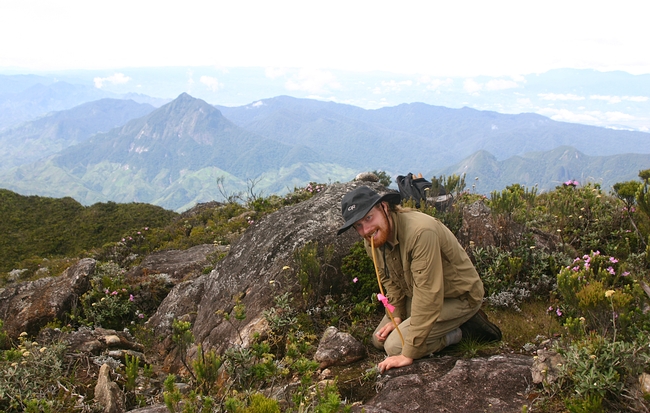
- Author: Kathy Keatley Garvey
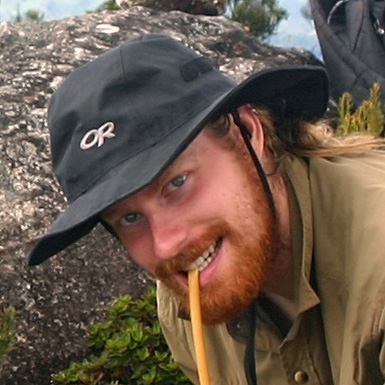
Borowiec, who received his doctorate in entomology in June from the University of California, Davis, studying with major professor Phil Ward, will speak on "Genomic Data and the Tree of Life: Known Knowns, Known Unknowns, and Unknown Unknowns of Army Ant Evolution" at his exit seminar.
Set from 4:10 to 5 p.m. on Wednesday, Oct. 26 in 122 Briggs Hall, Kleiber Hall Drive, the seminar will be hosted by the UC Davis Department of Entomology and Nematology. Plans call for video-recording the seminar for later posting on UCTV.
"I got interested in ants after reading E. O. Wilson's autobiography 'Naturalist' as a freshman in college," Borowiec related. "I'm fascinated by the diversity of form and function in ants, that is, by the various ways they make a living and the incredible variation of their morphologies."
Harvard University professor Wilson, one of the world's most distinguished scientists, is two-time recipient of the Pulitzer Prize. (See his Ted talks.)
"Ants are the world's most successful eusocial organisms," said Borowiec, whose research interests include phylogeny, taxonomy, biogeography, and natural history of ants. "Long history, high species diversity, and extreme variety of life histories make them an excellent group in which many evolutionary questions can be addressed."
"My dissertation research at UC Davis focused on building a taxonomic and phylogenetic framework for the research on army ant evolution," said Borowiec, who received his master's degree in 2009 from the Department of Biodiversity and Evolutionary Taxonomy, University of Wroclaw, Poland. "Although army ants include very charismatic species, they belong to a larger group, the subfamily Dorylinae. In addition to the army ants, dorylines comprise many cryptic ants whose biology and even taxonomy have been neglected. Partly as a result of this, even phylogenetic relationships of the army ants are not well-understood. The first step to advancing evolutionary research in the group was thus to examine the morphological diversity within this lineage. This resulted in a generic revision of the subfamily, published open-access in ZooKeys. Expertise gained during this work allowed me to design robust taxon sampling for a phylogeny of the dorylines based on next-generation sequencing data (ultraconserved elements or UCEs), currently in preparation."
Borowiec is now a postdoc in the lab of evolutionary biologist Christian Rabeling of Rochester, N.Y. who works on ants. In January the lab will be moving to Tempe, Ariz.
Myrmecologist Marek Borowiec would certainly agree with E.O. Wilson's noted quotes about ants:
- "Ants have the most complicated social organization on earth next to humans."
- "Ants are the dominant insects of the world, and they've had a great impact on habitats almost all over the land surface of the world for more than 50 million years."
- "When you have seen one ant, one bird, one tree, you have not seen them all."
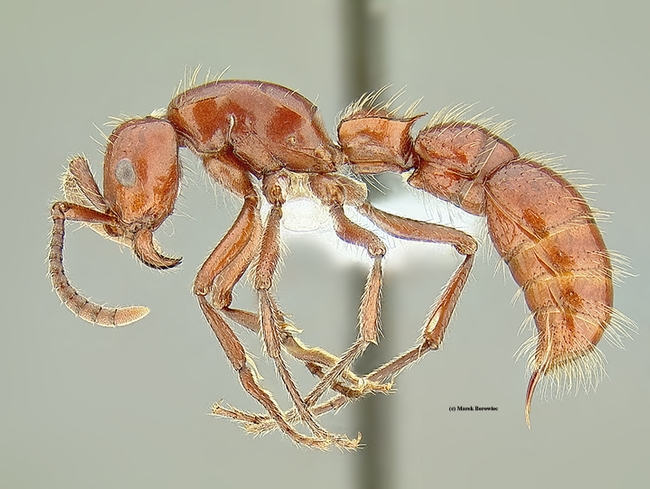
- Author: Kathy Keatley Garvey
Who would have thought?
Who would have thought that ants are more closely related to bees than they are to most wasps?
In ground-breaking research to be published Oct. 21 in Current Biology, a team of UC Davis scientists and a colleague from the Sackler Institute for Comparative Genomics, American Museum of Natural History, has found that ants and bees are more genetically related to each other than they are to social wasps such as yellow jackets and paper wasps.
"Despite great interest in the ecology and behavior of these insects, their evolutionary relationships have never been fully clarified," said senior author and noted ant specialist Phil Ward, professor of entomology at UC Davis. "In particular, it has been uncertain how ants—the world’s most successful social insects—are related to bees and wasps. We were able to resolve this question by employing next-generation sequencing technology and advances in bioinformatics. This phylogeny, or evolutionary tree, provides a new framework for understanding the evolution of nesting, feeding and social behavior in Hymenoptera."
The researchers used state-of-the-art genome sequencing and bioinformatics to produce this significant research.
The six-member team: Ward; molecular geneticist and assistant professor Joanna Chiu; honey bee scientist and assistant professor Brian Johnson; doctoral student-researcher Marek Borowiec of the Ward lab; and postdoctoral researcher Joel Atallah of the Johnson lab, all with the UC Davis Department of Entomology and Nematology; and visiting scientist Ernest K. Lee of the Sackler Institute for Comparative Genomics, American Museum of Natural History.
Ants, bees and stinging wasps all belong to the aculeate (stinging) Hymenoptera clade -- the group in which social behavior is most extensively developed.
Said Chiu: “With a phylogeny or evolutionary progression that we think is reliable and robust, we can now start to understand how various morphological and/or behavioral traits evolved in these groups of insects, and even examine the genetic basis of these phenotypic changes.”
Said Johnson, whose lab studies the genetics, behavior, evolution and health of honey bees: "Using transcriptomics we were able to resolve a long standing question regarding the evolutionary relationships between stinging wasps, ants, and bees. We found that ants and bees are more closely related than previously thought. This result should be important for future studies focused on eusocial evolution, as it suggests that morphology may not be a good indicator of evolutionary relatedness in these groups of organisms."
The abstract: "Eusocial behavior has arisen in few animal groups, most notably in the aculeate Hymenoptera, a clade comprising ants, bees, and stinging wasps. Phylogeny is crucial to understanding the evolution of the salient features of these insects, including eusociality. Yet the phylogenetic relationships among the major lineages of aculeate Hymenoptera remain contentious. We address this problem here by generating and analyzing genomic data for a representative series of taxa. We obtain a single well-resolved and strongly supported tree, robust to multiple methods of phylogenetic inference. Apoidea (spheciform wasps and bees) and ants are sister groups, a novel finding that contradicts earlier views that ants are closer to ectoparasitoid wasps. Vespid wasps (paper wasps, yellow jackets, and relatives) are sister to all other aculeates except chrysidoids. Thus, all eusocial species of Hymenoptera are contained within two major groups, characterized by transport of larval provisions and nest construction, likely prerequisites for the evolution of eusociality. These two lineages are interpolated among three other clades of wasps whose species are predominantly ectoparasitoids on concealed hosts, the inferred ancestral condition for aculeates. This phylogeny provides a new framework for exploring the evolution of nesting, feeding, and social behavior within the stinging Hymenoptera."




